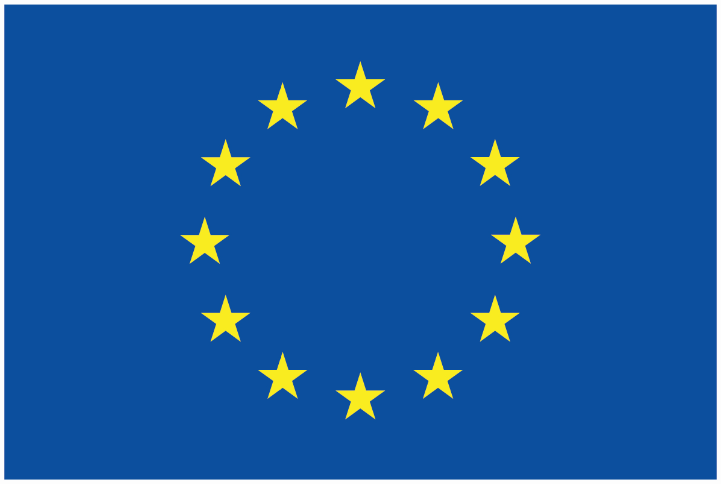SEAS annual gathering kicks off with a variety of keynotes from SEAS fellows
SEAS fellows span a variety of scientific fields from geology and biology to informatics and law. Some of this variety will also be evident on Monday 28. October, with keynotes and pitches from selected SEAS fellows including topics like «Deep Learning for Smart Shipping» and «the response of macroalgae in a changing climate».

Main content
Under the title «Identifying the difficult to identify», SEAS fellow Paul Dees will give a talk including a brief description about regime shifts (or ecological tipping points) and why increased understanding about them is important. Then he will introduce one of the problems he’s had in identifying regime shifts, and how he’s been able to acknowledge and solve this issue.
Asia Alsgaard’s keynote is titled Data from the depths: how past fish bones can inform marine sustainability. Further description: Fishing is not new; the earliest evidence for consistent fishing comes from over 100,000 years ago in South Africa. Even though the scale and intensity of fishing has increased, our long history of fishing is a valuable dataset for understanding present day fishing practices. The past can give perspective and I explain how fish bones from archaeological sites can provide insights into present day questions of marine sustainability.

Samaneh Abolpour Mofrad’s keynote title is: Geometric Deep Learning for Smart Shipping, with subtitle: Graph Neural Network for short-long-term weather forecasting. Her project Description: Despite significant advancements in weather and climate forecasting over the past half-century, accurately predicting weather, especially in ocean areas, remains a challenge. Recently, data-driven approaches such as topological and geometric deep learning techniques have demonstrated success in similar forecasting tasks. We propose a weather forecasting graph neural network specifically for marine environments, which can contribute to reducing greenhouse gas emissions by optimizing the use of renewable energy in maritime operations.
The post doc-project of Juan Manuel Valero Rodríguez, on macroalgae in a changing climate, will get a keynote titled: Dance, my greens! Unravelling the response of macroalgae in a changing climate. Further description: Who pulls the strings of the future of algae? My research seeks to answer that question. Funded by the SEAS programme, my work focuses on the study of seasonal changes in macroalgae under the pressures of climate change. Building on a broader understanding of macroalgae ecology, which considers their abiotic and biotic interactions in coastal environments, this work investigates how climate-induced stressors, such as heatwaves, affect these foundational species. For example, by studying the interactions between grazers and algae, as well as their resilience in these scenarios, we aim to glimpse their future ecological roles. Ultimately, this research is aimed at guiding management strategies and conservation efforts in the face of ongoing environmental changes.
Shreesha Sadashiva Rao’s keynote is called: Decoding Host-Pathogen Interactions in Lumpfish: A Path Towards Effective Vaccine Development. His description: My talk will focus on decoding host-pathogen interactions in lumpfish, a key species in aquaculture. By understanding the immune responses of lumpfish to pathogens at a molecular level, we aim to create innovative solutions that improve fish health and reduce reliance on chemical treatments, paving the way for advancements in disease management and vaccine development within the aquaculture industry.
João Bettencourt’s keynote is titled: Our fjord futures: conceptualizing climate impacts on fjords. Short description: Climate change and other anthropogenic factors are putting pressure on West Norwegian fjords. However, how can we know what the impacts will be? Physical climate model projections are not available at the resolutions needed to model fjord futures due to climate change. In addition, anthropogenic factors are difficult to include in climate models. Moreover, observation typology and density with which to validate model results are also missing.
To find a way around these obstacles and get a glimpse of possible fjord futures, I developed a conceptual model based on statistical sampling to investigate the space of possible future fjord climate outcomes. To work at an acceptable level of complexity, I focus on one fjord variable: Fc, the sinking flux of particulate organic carbon. Fc is a variable that:
Integrates several fjord processes, among which coastal hydrography, precipitation regime, marine and land productivity;
Measures the organic matter loading of basin waters, which causes oxygen consumption and the decline of oxygen levels in the fjord basin, which carries ecological consequences
In addition to observing possible futures, the model's results also show which quantities, or in other words, which components of the climate system are more important in determining the outcomes. An added advantage of this conceptual model is that its output can be used to identify knowledge gaps in current fjord research and guide the design of observational campaigns and the development of fjord modelling initiatives.
